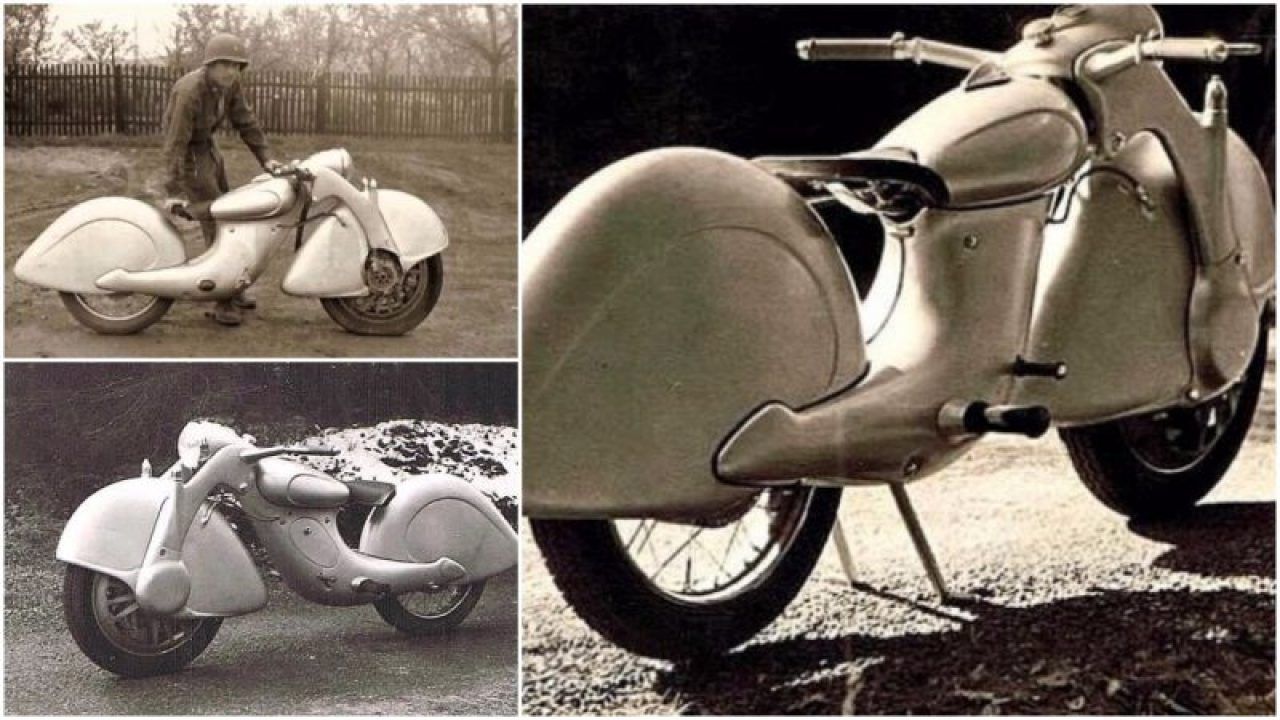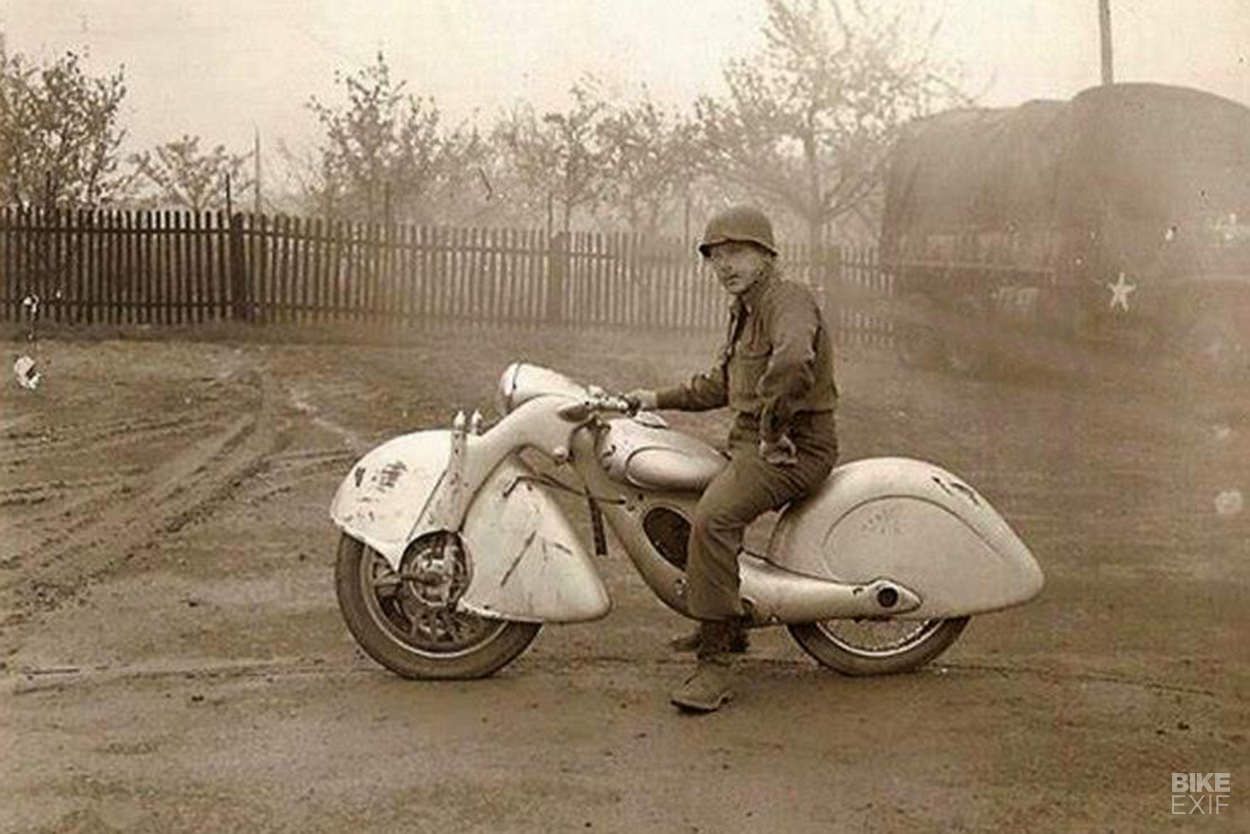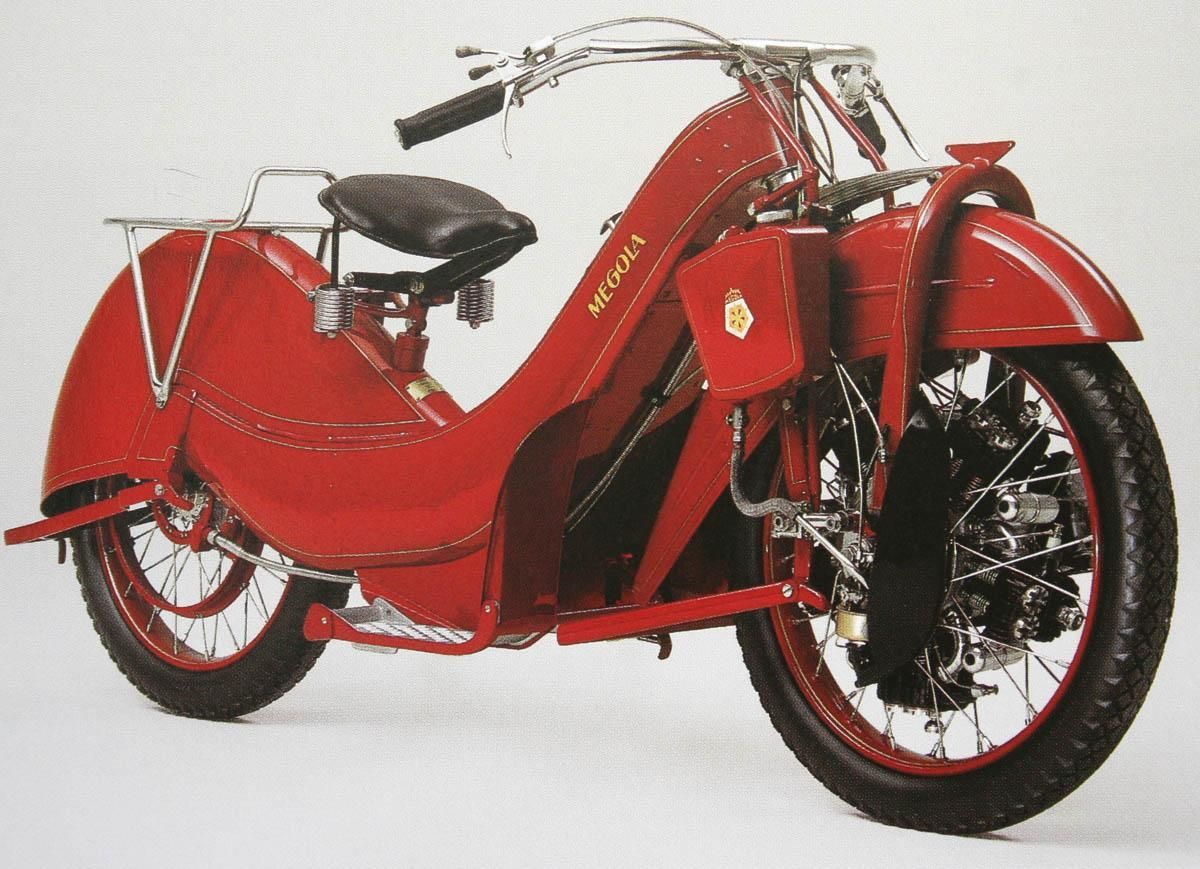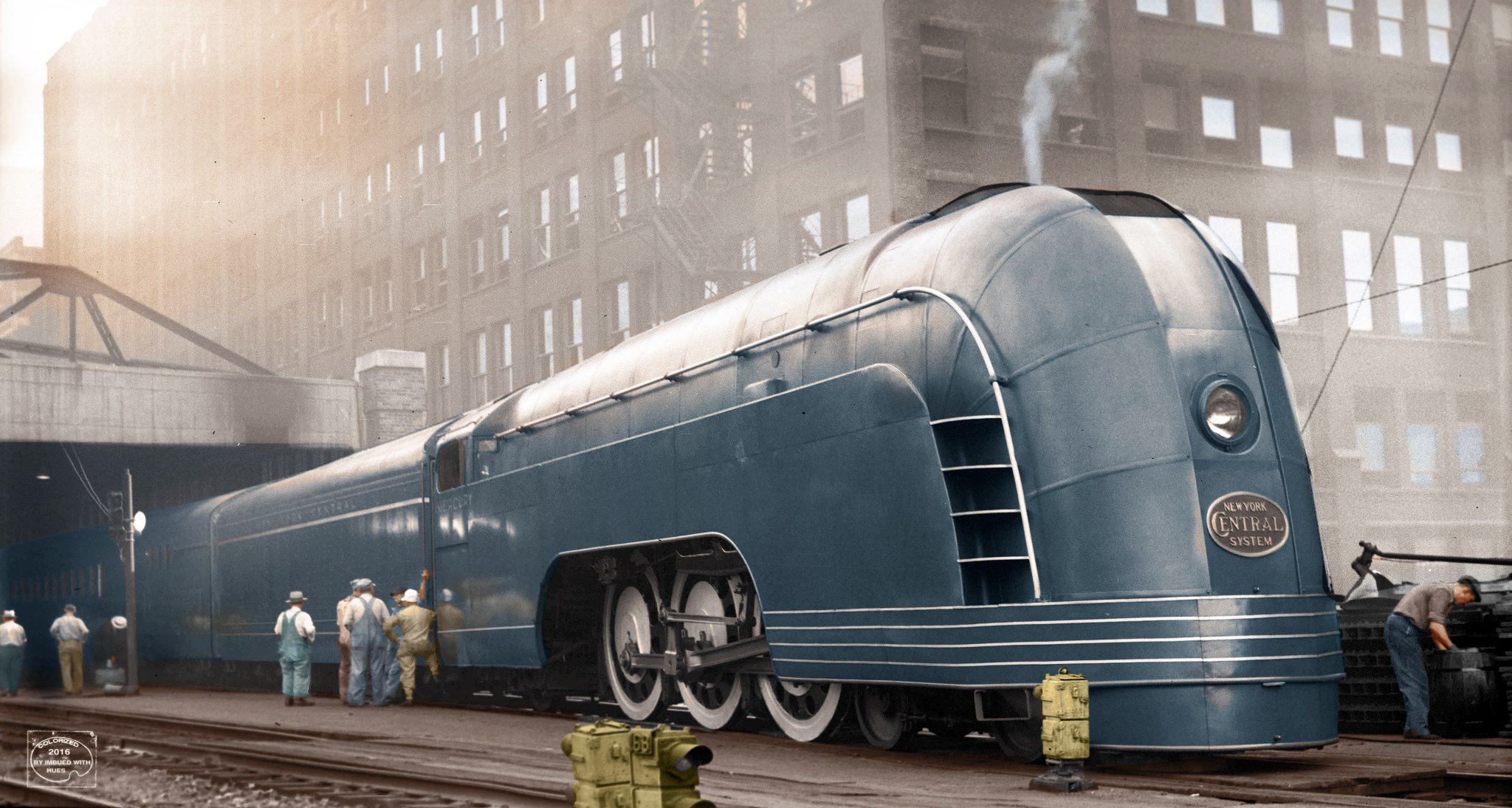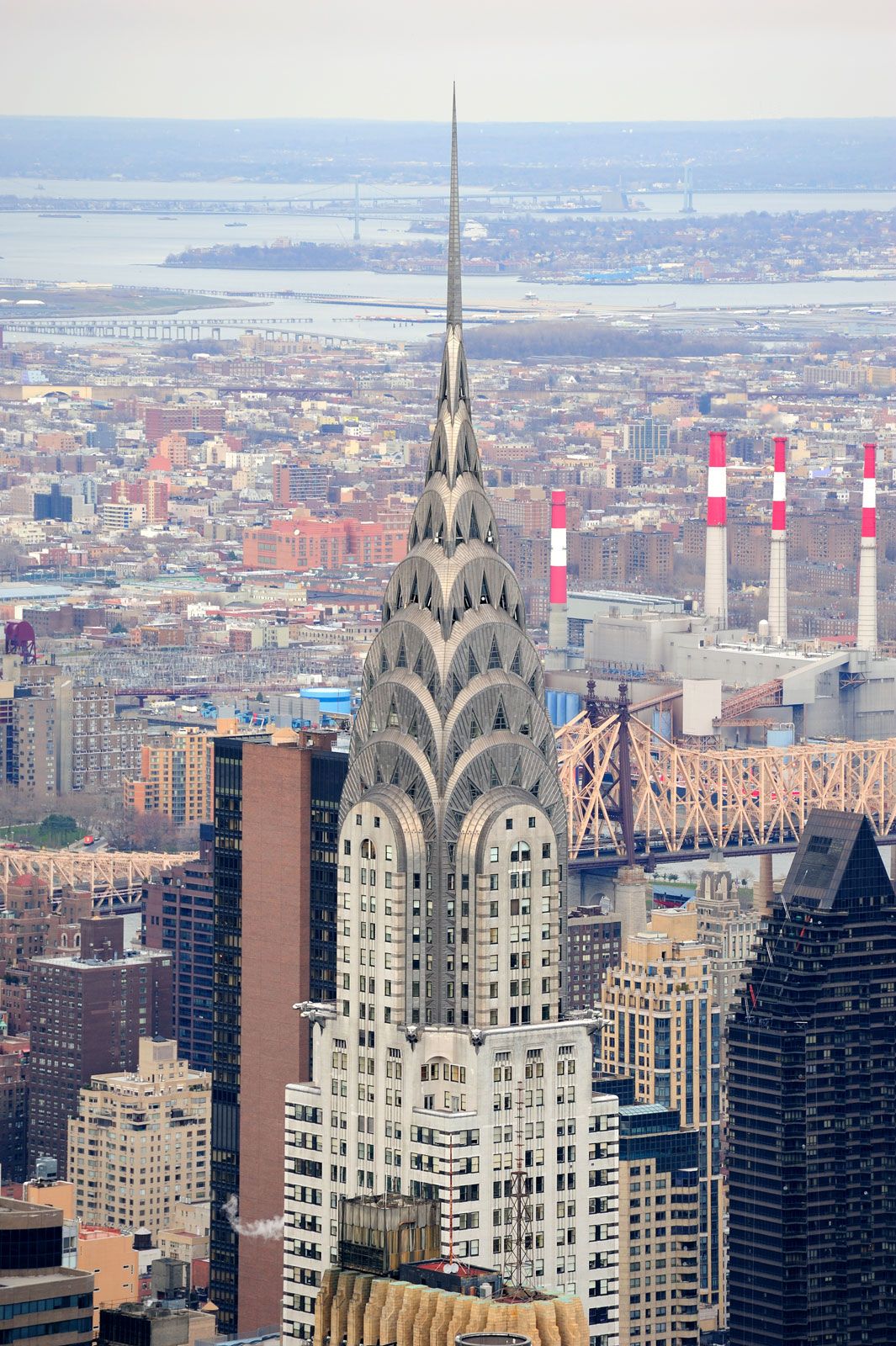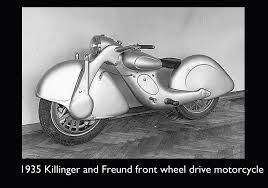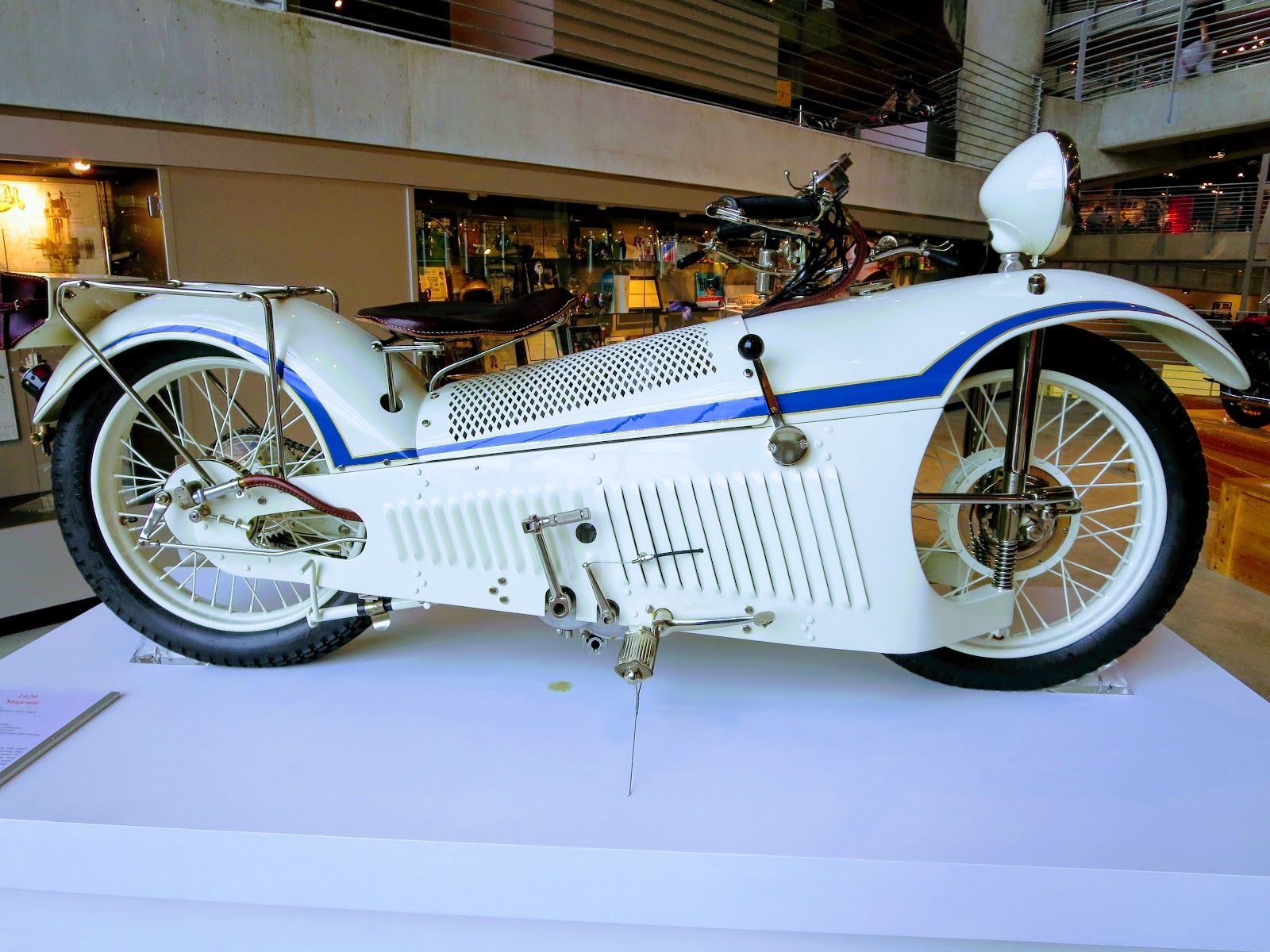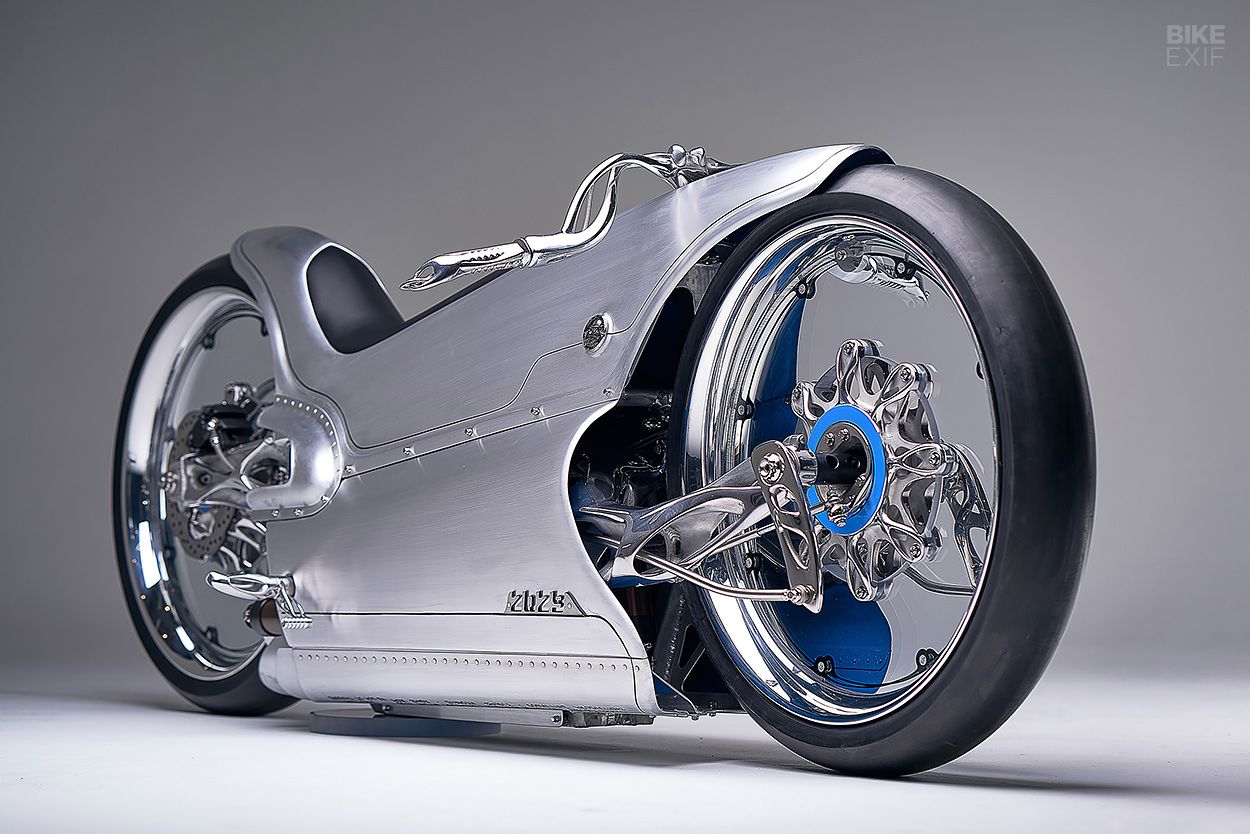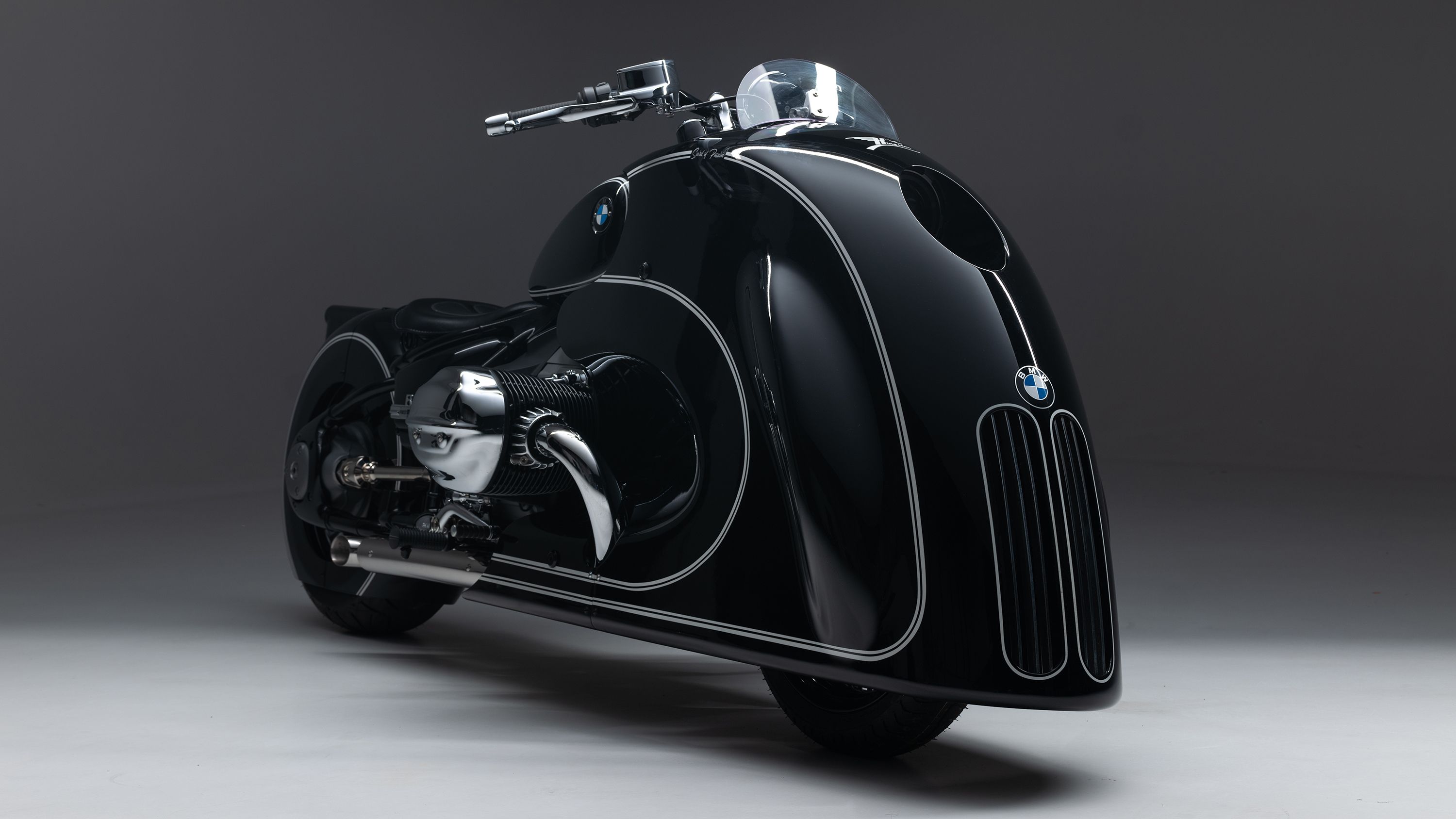Back in the 1920s, motorcycle manufacturers were far less bound by convention when it came to the styling of their products. Not only that, but the prevailing artistic and architectural culture was just so much more attractive and spread through the whole of transport.
The Golden Age of Design?
We've touched on 1920's motorcycle design before on www.topspeed.com, most notably with the Megola, a radical motorcycle design with a radial engine mounted in the front wheel.
While the engineering of that motorcycle was different, to say the least, and the styling was necessarily different also, it stopped short of being, in styling terms, a representation of the times. The 1920s was a time of the Art Deco movement and it found its expression in all areas of design, from the Chrysler Building in New York, to the NYC Mercury steam train.
In the modern era, it is difficult to appreciate how radical such designs were, even though they adopted current trends in aesthetics, simply because there are plenty of modern custom bikes that borrow from that era.
But imagine how amazing a motorcycle must have looked, even in the era in which it was designed, when it bucked the trend of contemporary motorcycle design thinking, even if it borrowed from contemporary culture.
When you come across a 1920s motorcycle that just ticks all the boxes - engineering and aesthetics, both outrageous - you wonder, when did we become so hide-bound and traditional in our thinking?
What has prompted this train of thought? Well, it's this particular bike, the Killinger Und Freund, from Germany.
The Killinger and Freund Motorcycle was an attempt in 1935 by a group of five German engineers from Munich to design a more streamlined and modified version of the German Megola front-wheel drive motorcycle. The work took three years to complete but the result was striking. The engine displacement stayed the same as the Megola at 600 cc but was much lighter and more simplified than a standard 100 cc motorcycle of the time.
As with the Megola, the engine was a three-cylinder two-stroke engine built into the front wheel.
The streamlining was important as aerodynamics was the first priority of the team who wanted all the moving parts covered, dirt and mud protection (pre-dating Honda and the Super Cub by some 20 years) and an elegant style. The resulting style was predominantly streamlined, with rounded covers for the wheels and aerodynamics were paid more than lip-service with the design of the forks, frame and petrol tank.
The new front-wheel-drive was design was an improvement over the old Megola design. For a start, the engine was much lighter, weighing in at 110lbs, including the wheel.
The three cylinder two-stroke engine used a Drehschieber ("rotary valve", a turning disk, with intake holes for exact timing of the fuel-air mixture intake). The fuel-air mixture was sucked in by the vacuum in the three crankshaft housings as usual. The exhaust pipes were located between the spokes of the cast alloy front wheel. These flat spokes were designed to serve as a functional cooling fan.
It was a miracle of design and packaging. The tyre and rim could be removed without disturbing the engine and the front brake was incorporated into the front hub (on the Megola, there was no front brake). The rear suspension had oil-filled telescopic shock absorbers, at a time when rear suspension was all but unknown on motorcycles. The seat springs could even be adjusted for compression.
And that's what is so amazing about the Killinger Und Freund: it was not only of the zeitgeist, but also way ahead of its time. Even more than the cultural significance of the motorcycle, it just looked incredible. Many years later, Edward Turner of Triumph made a big thing out of a motorcycle looking like it was doing 100mph when it was standing still. If that's the case, the K.u.F. looked like it was doing 200mph standing still when motorcycles of the time were struggling to reach 50mph!

